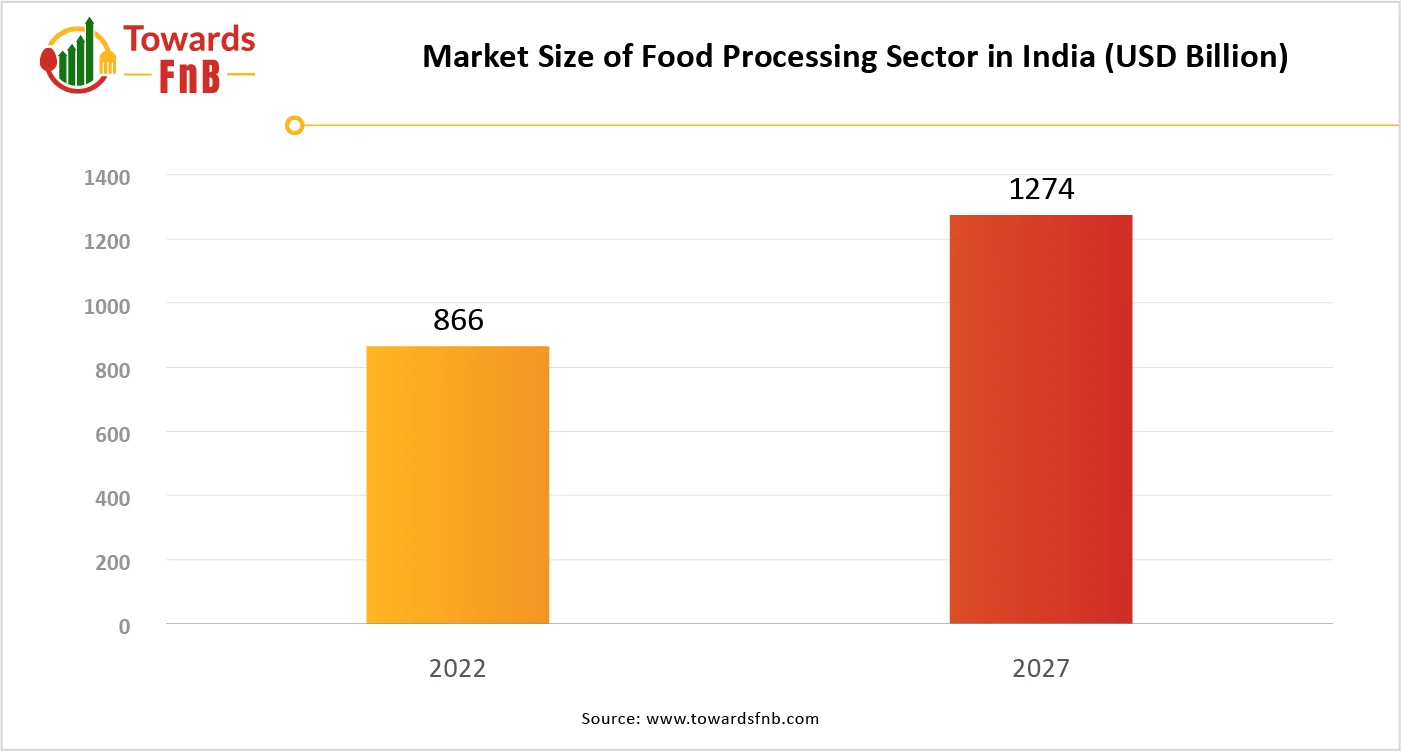April 2025
The frozen food market is expected to increase from USD 214.32 billion in 2025 to USD 347.01 billion by 2034, growing at a CAGR of 5.50% throughout the forecast period from 2025 to 2034. The advancement in cod chain infrastructure, changing consumer lifestyle, and urbanization drive this market to grow rapidly.

The frozen food market has seen significant growth in recent years, frozen food widely using worldwide. Frozen food refers to edible items preserved by the process of freezing. The Frozen food includes frozen fruits, vegetables, ready-to-eat meals, desserts, bakery products, seafood, meat, and many different varieties. The frozen food not only preserves the freshness and quality of the product but also locks the essential nutrients and extends the shelf life of the product.
Changing lifestyles and the rise in the disposable income of the growing population led the market to grow. Consumers are willing to spend on premium healthy and convenient frozen food options due to hectic working schedules and option for convenient ready-to-eat quick and easy meal solutions. The association of the leading consumer and food and beverages brands in development and innovations of the new products accelerate the growth of the market.
The advancement in the freezing techniques helps in better product quality and longer shelf life maintaining the nutritional value of the food. Freezing techniques such as individual quick freezing, cryogenic freezing, hydro-fluidization freezing and high-pressure processing with freezing. Sustainable and smart packaging reduces waste and improves the freshness of the product for a longer period. Using tight and transparent film that covers the product directly reduces oxygen exposure and extends shelf life while using less plastic and reducing waste generation.
The frozen food market faces the challenge of high energy consumption and expensive storage infrastructure. These cost affects manufacturers as well as consumers as they add to the cost of the final product. The equipment used also requires frequent maintenance to ensure efficiency. Temperature control transport requires more fuel as compared to other transportation which adds up to the cost. The freezers used for storage of the products are not the normal refrigerators they require a significant amount of power supply for the working which increases electricity usage. This hinders the growth of the market as the cost remains a major challenge.
North America dominated the frozen food market in 2024.
It holds the largest market of frozen products due to its busy lifestyle, high disposable income and well-developed cold chain infrastructure. The strong demand for ready-to-eat meals is very high among the working and young population, and the plant-based frozen food and snacks drive the market in this region. Growth in private-label products from supermarkets is growing rapidly and adoption of healthy, organic, gluten-free frozen food drives the market.
Asia Pacific expects the fastest growth in the market during the forecast period.
The rising urbanization, changing dietary habits, and growing middle-class population in the region contribute to the growth and demand for the market. The increase in demand for the ready to eat meals and snacks and the expansion of online shopping and delivery to the doorstep has helped this market to grow at a faster rate along with the increasing disposal income. Changing food preferences and shifting towards healthy and nutritional food for longer duration grows demand for frozen food.

The ready meals segment dominated the frozen food market in 2024.
The growth of the segment is attributed to the rising preference of the ready meals by the population of the developed countries due to the busy lifestyle and growing interest among younger generation towards the ready to eat meals or snacks products is driving the growth of the segment. The fruit and vegetable segment expects a significant growth in the market during the forecast period. The growth of the segment is owing to the rising demand for the health and ready to eat fruits or vegetables which can be directly consumed and can eliminate the chopping and washing process boosts the demand for the segment.
The offline segment dominated the frozen food market in 2024.
The rising urbanization across the developing countries and the availability of the wide range of supermarkets, retail stores, and others with the greater availability of the food products with different brands and attractive offers and discounts that boosts the adoption of the offline distribution channel segment. The online segment expects a significant growth in the market during the predicted period. The increasing disposable income in the population and the growing inclination towards the e-commerce and food delivery sector for the household products are driving the demand segment.
The individual quick-freezing technology segment dominated the frozen food market in 2024.
This is an advanced freezing technique that preserves the texture and food quality of the product for a longer duration, the technology is effectively used in the preserving the different types of food for a long time with maintaining their nutritional properties. The blast-freezing segment expects a significant growth in the market during the forecast period. This is a traditional method used, where the cold air is blown over food products. Commonly used for meat, seafood, bakery items, and vegetables. This is the most conventional and cost-effective for bulk freezing of the food product.
By Product Type
By Freezing Technology
By Distribution Channel
By Region
April 2025
April 2025
April 2025
April 2025